Are you convinced on the health and environmental benefits of going plant-based but don’t know where to start? Or maybe you’ve been plant-based for a while but are struggling to stick with it?
Going plant-based can be daunting. If you grew up in a meat-heavy household, giving up your familiar source of protein and your favorite comfort foods can be hard.
In this video, I share six simple steps that will help you not only make the transition to becoming plant-based but will help you THRIVE on a plant-based diet. From knowing your alternatives, planning ahead, to having a healthy mind set, I have you covered!
Transcript: 6 Steps To Succeed On A Plant-Based Diet
Are you trying to become plant-based but don’t know where to start? Or perhaps you’ve been persuaded of its benefits and have tried in the past, but the lure of meat and dairy has been strong for you?As I’m sure you all know when it comes to transitioning to a healthier diet and lifestyle, it’s not about willpower because let’s face it, when we’re hungry and craving sugar, there’s very few of us who would be able to resist hooking into our chocolate stash. No, it’s about taking the right approach and introducing boundaries and habits that prevent temptation from occurring in the first place.So in this video, I want to share with you how you can succeed on the plant-based journey. I want to give you the tools and the tricks of the trade so to speak so that you can use to stay the path and transition successfully to a long-term whole-food plant-based diet.
1. Know your why
The best way to succeed is to know your why- why you want to make these changes in the first place. It may seem super simple but writing your whys down on paper and referring to them constantly, helps to keep you on track. So for example, your ‘why’ may be to be able to do more activities with your children or grandchildren. Actually having those images in your head can be super motivating when you’re struggling with food choices or exercise. Some other ‘why’ examples are:
-
Weight loss
-
Disease prevention
-
Balance your blood sugar
-
Clearer skin
-
Love for the animals
-
Reducing your environmental impact
-
Longer life
-
Physical performance
So I encourage you to put a pause on this video this very second, grab a pen and write down your top ‘why/s’ and then write a paragraph that will help to motivate you later on. Put it in a place you will remember whether that’s on your bedside table or on your fridge, and refer back to it whenever you need a bit of motivation.
2. Know your plant-based alternatives
Making the transition to become more plant-based is a lot easier than it was fifty years ago. Thanks to the many plant-based chefs who have advocated for change and made plant-based food a delicious alternative to heavy meat diets, more and mre people are becoming plant-based, creating a demand for meat alternatives. Unfortunately, a lot of these meat alternatives are highly processed and contain a fair amount of other nasties, but there are some good options too. Mushrooms, beans, and even tofu can offer a meaty texture to a dish. You can use chia seeds or flaxseeds or even a mashed banana to replace eggs when baking and can enjoy scrambled tofu instead of scrambled eggs. There are many dairy-free milk alternatives such as almond milk, oat milk and soy milk. Cashew, almond and coconut-based yoghurts are delicious and dairy-free. There are also many great cheese alternatives that you can buy from your local supermarket, or even sprinkling nutritional yeast flakes on your food adds a bit of a cheesy flavor and texture. And if you’ve ever tried ice-cream made from frozen banana, you’ll know you can even continue to join ice-cream for dessert!
3. Make use of the internet and social media
There are thousands, and I mean hundreds of thousands, plant-based recipes and blogs on the internet advocating a plant-based lifestyle. You can’t say you’ve run out of ideas of what to cook if you peruse the internet for recipes. From delicious savories to mouth-watering desserts, some great vegan chefs are creating so many delicious and healthy plant-based recipes.
4. Find a support network
Get your family on board if you can, or at least get their support for your transition. Tell your family and friends about your dietary requirements so they can help you out. Getting them to be your taste testers may also win them over to a plant-based diet.
5. Plan ahead
Another key is planning ahead. Setting a bit of time aside for meal prep every week will make your life so much easier, save you money, and prevent food waste. Get to know your local farmers markets and organic food shops and have a time that you go once a week with your shopping list to buy all your groceries. Being prepared can help save time, money and can stop food from going to waste.
6. Small steps
If you’re currently eating a typical Western diet, making gradual changes is probably your best bet for success. Transitioning to a 100% plant-based diet is a big change from one day to the next, so don’t think you have to go cold turkey. There is power in small changes when you make them realistic and sustainable. Plus, the journey is all part of the fun, so if you can learn to love the process, you’ll be much more likely to succeed in the long term.
Say you’ve been eating plant-based for a month, and one evening you’re out for dinner, and your friend orders steak. You start drooling; steak is the one thing you really miss. And so you decide that you’re going to let loose this evening, and you say to the waiter, “make that two steaks.”
After dinner, your stomach doesn’t feel well, and you think to yourself that it wasn’t worth it. Or maybe you enjoyed it, but those guilty feelings are getting you down. The key is to not throw away all your hard work because of a tiny hiccup. Consistency is far better than perfection. Don’t let perfectionism be the enemy of the good. Pick yourself up and keep going.
It’s also really important to have an open and positive mindset. If you dwell on all the things you’re missing out on, it’s going to be extra challenging for you. Focus instead on the things you like about the new diet/lifestyle and what you’ll be gaining in terms of health and it’ll make it a lot easier for yourself. You’ll be surprised, a few months down the track, your new habits and choices will become like second nature, and you will love how it makes you feel and that is what this is all about!
So now you know some of the tricks of the trade, you can be more confident that you’ll succeed. Please like and subscribe to help us get this information out there and please share in the comments too, what your why is. And if you want to know more about why plant-based protein is a healthier option for you than animal protein, check out this video here.




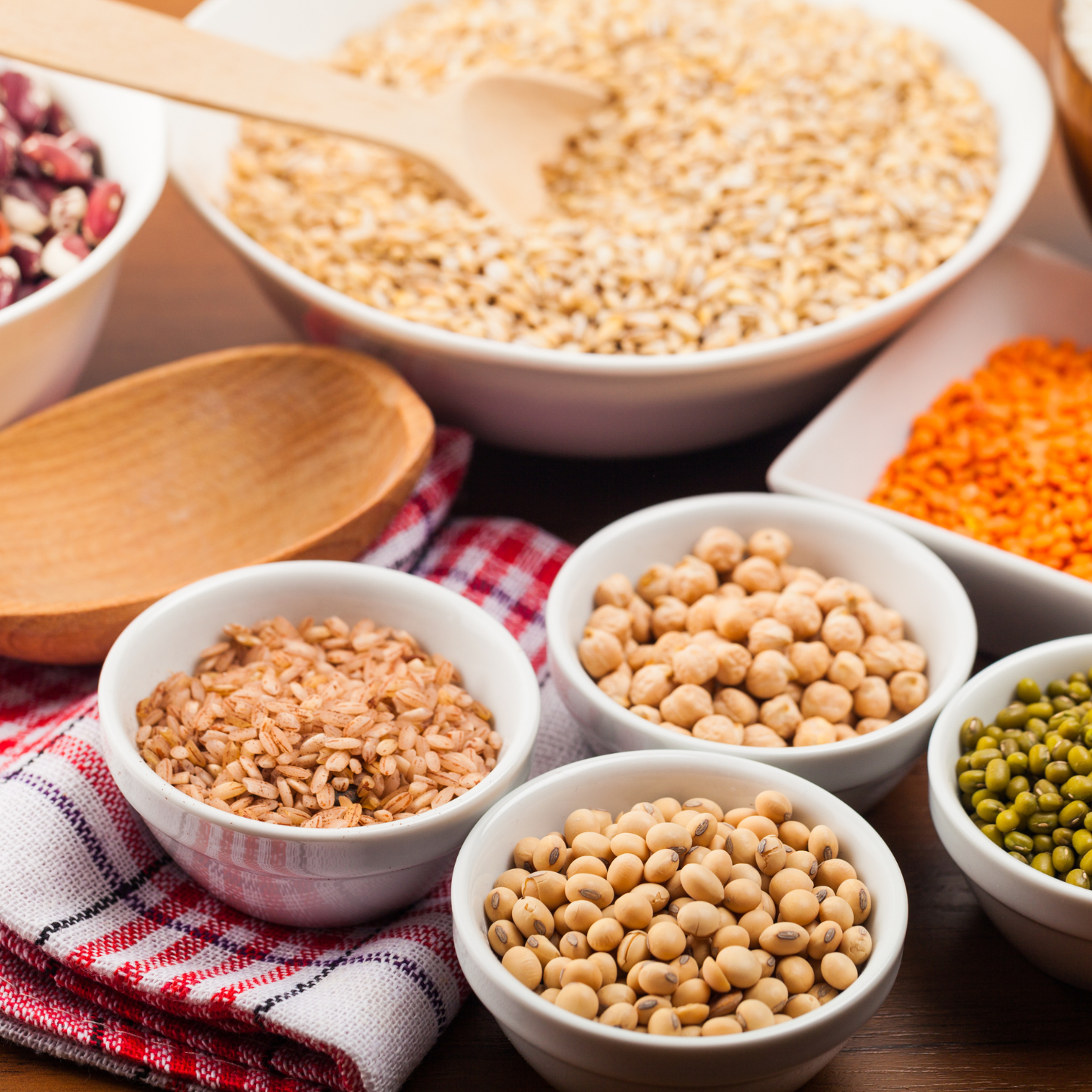



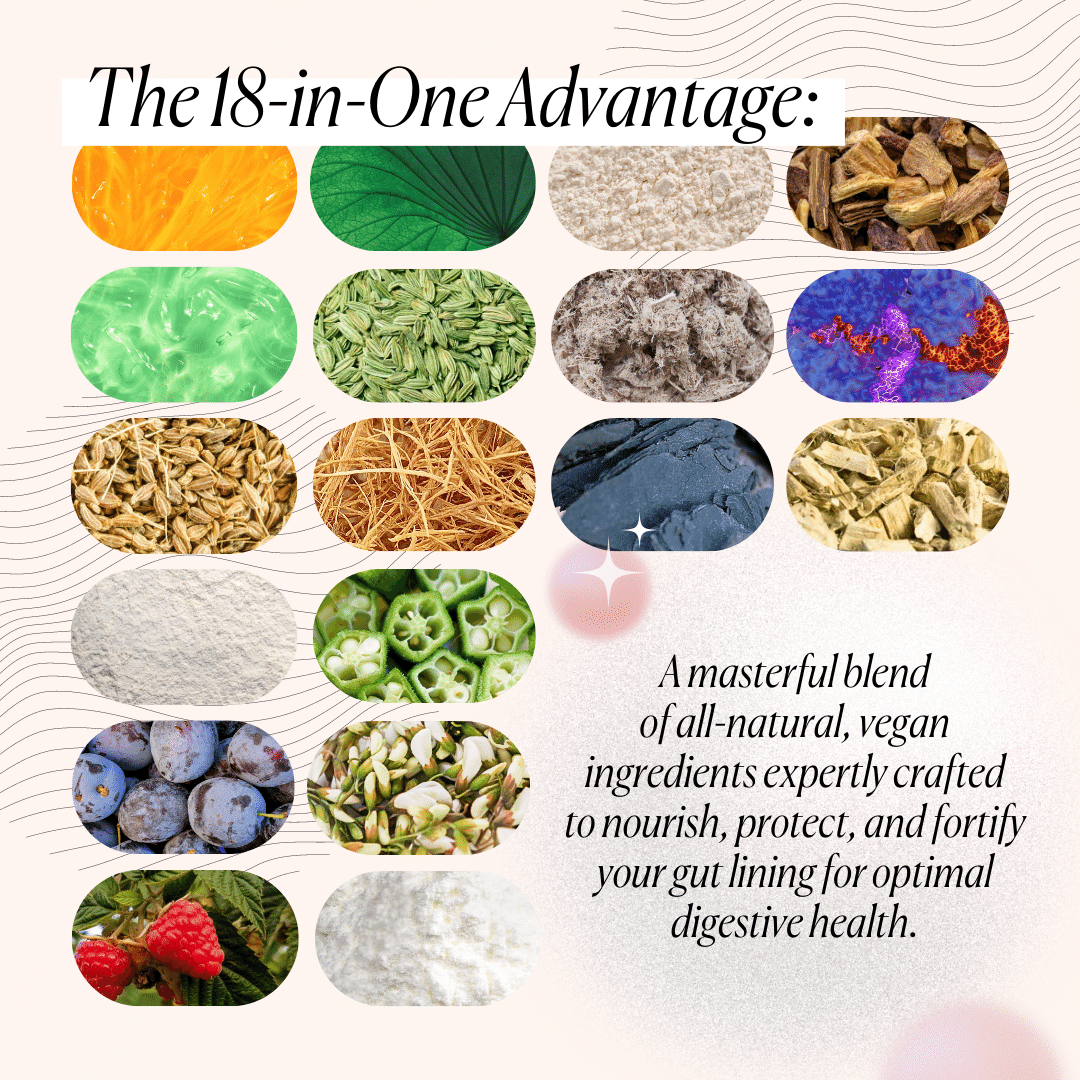

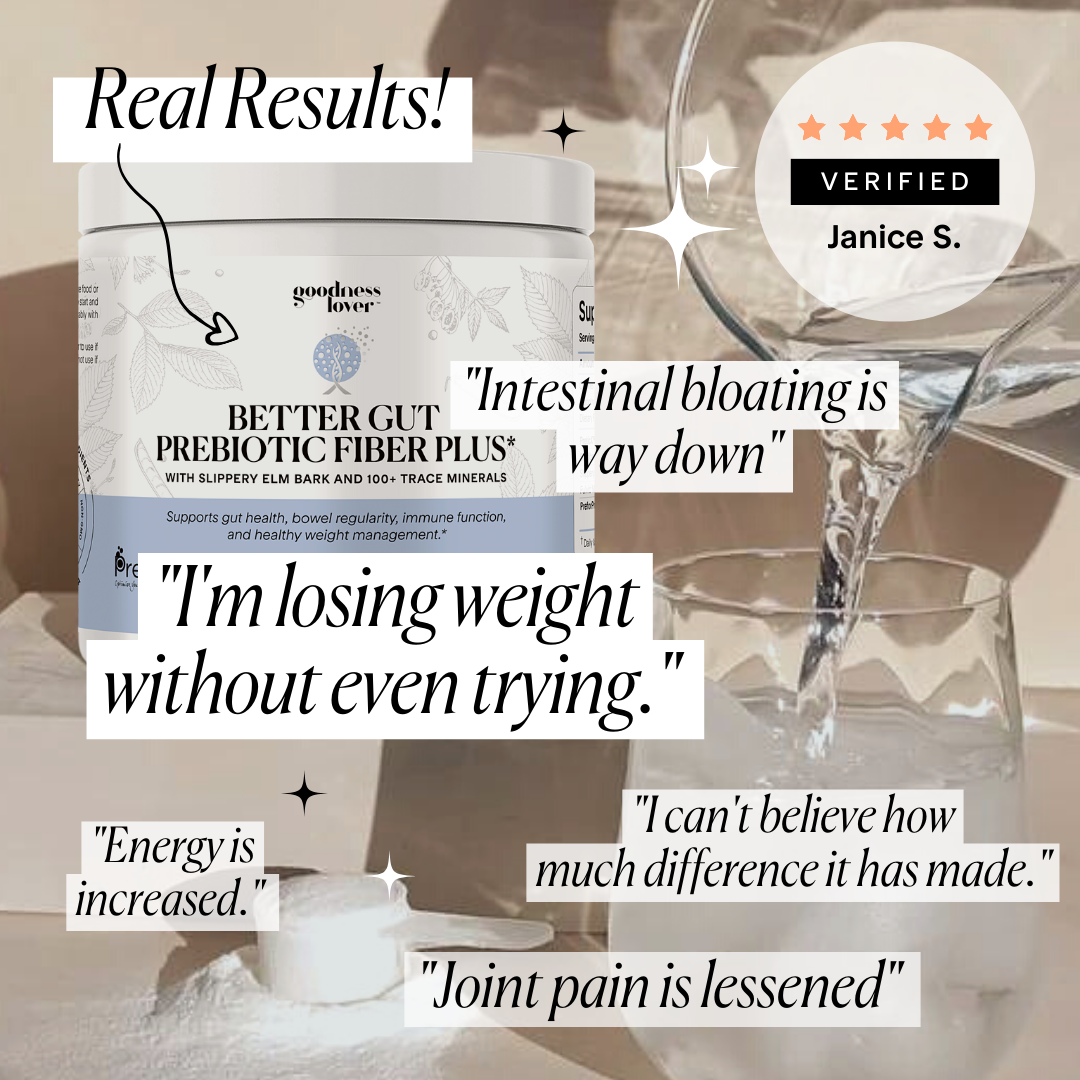
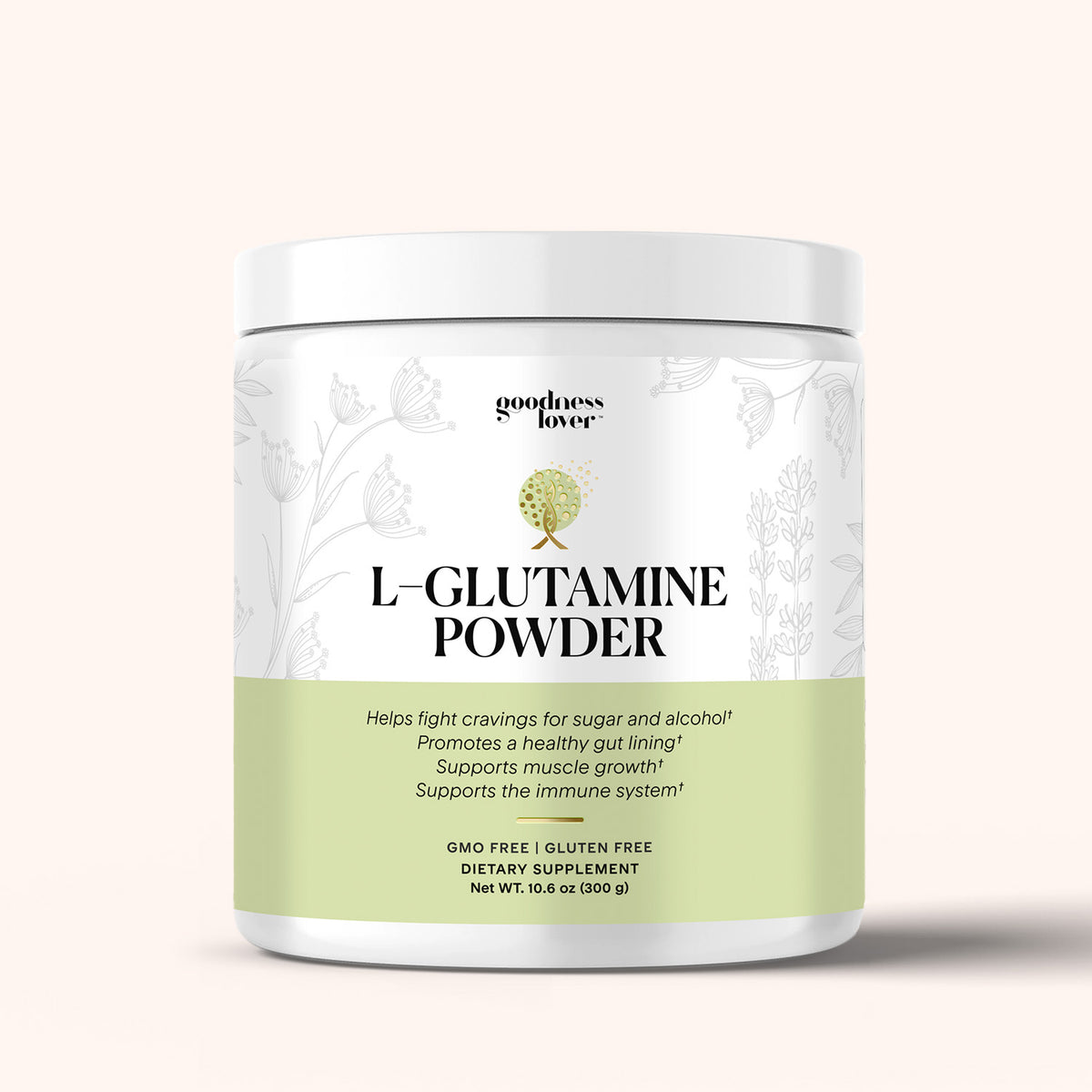
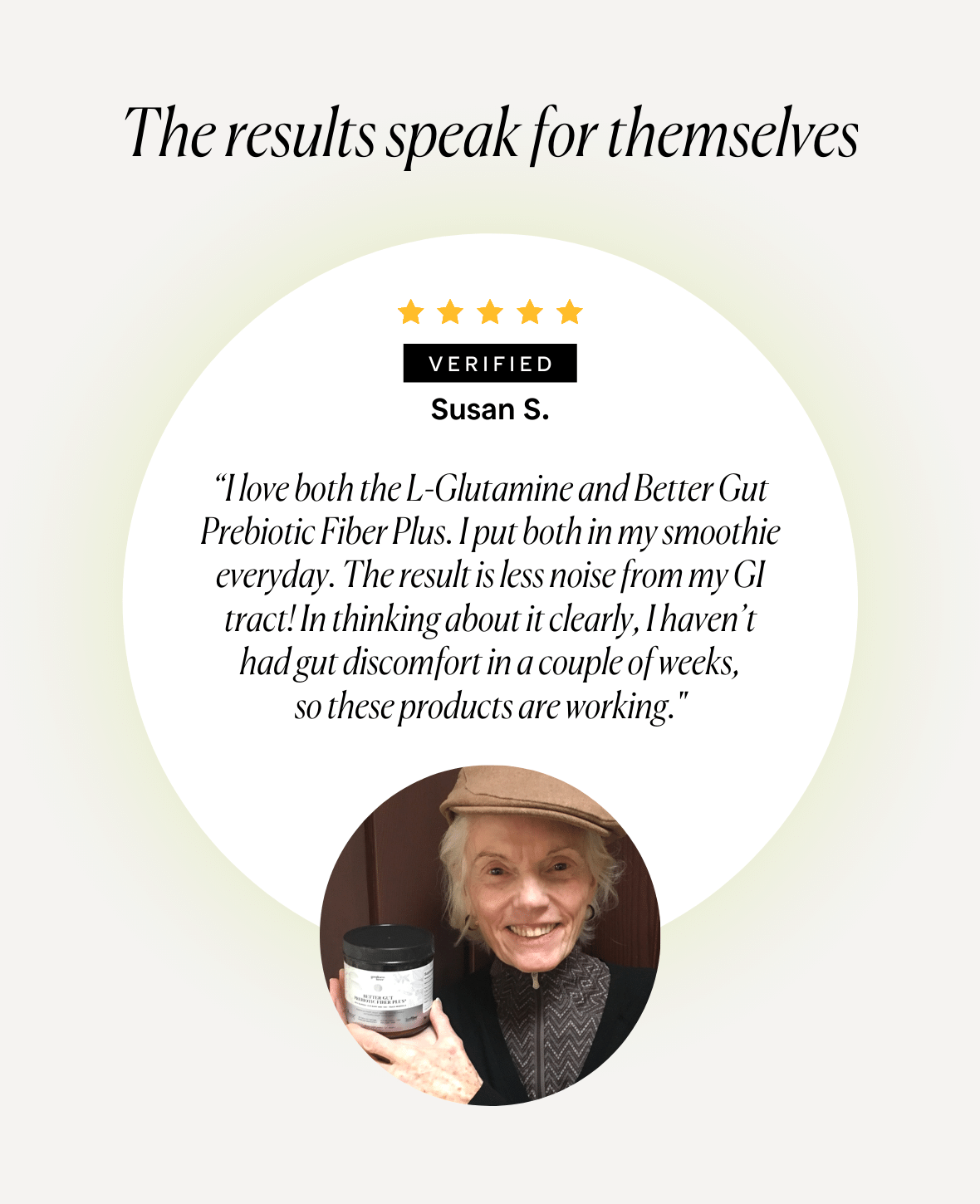

What Do You Think? Comment Below: